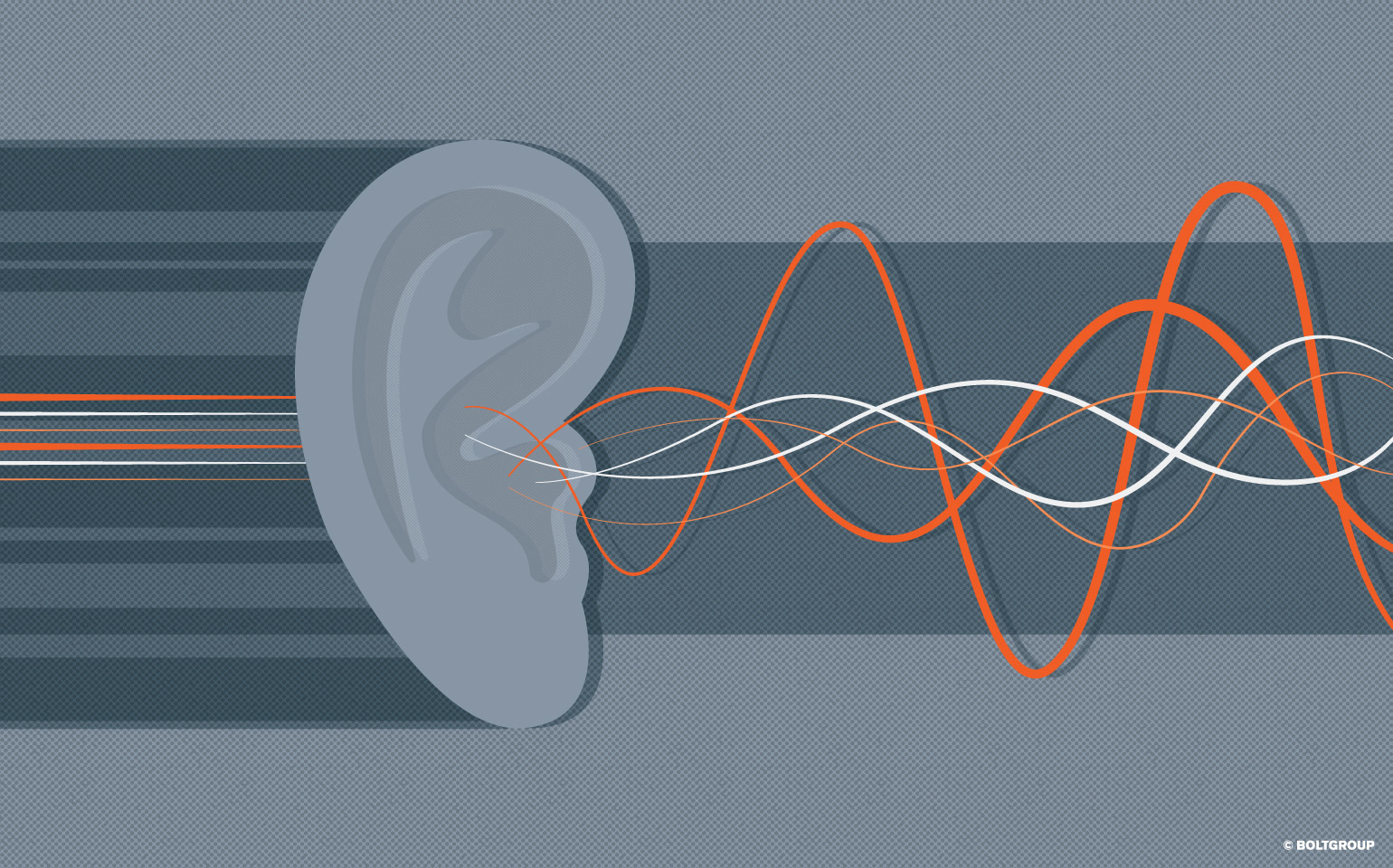You’ve heard a lot about Design Thinking. It’s when designers create meaningful innovation based on the needs of people. Design firms, BOLTGROUP included, have been using and perfecting Design Thinking for years in order to serve clients better.
Part of the process deals with developing better ideas. Better ideas come from better insights. And better insights come from better customer listening. I call it, Design Listening.
A good listener takes in not only what is being said, but also what is left unsaid or partially said. So design listening is the ability to accurately receive and interpret verbal and non-verbal messages from the consumer.
A.G. Lafley, Procter & Gamble CEO, summed it up this way, “If we can develop better ways of learning from (consumers)—by listening to them, observing them in their daily lives and even living with them—then our mission is more likely to succeed.”
Consumers can rarely imagine or articulate a radical alternative solution. Therefore, one goal is to understand latent needs, wants, and frustrations that consumers cannot communicate. We do this by immersing ourselves in the consumer’s environment and observing how they behave.
Our designers are trained in and practice techniques for design listening. During consumer interviews and through empathetic observation, where they act as both anthropologist and visionary. Anthropologists collect data. Designers as ethnographers interpret the data and look for behavior.
A well-known quote regarding the pitfalls of faulty listening to the consumer is Henry Ford’s “faster horse” quote. If Henry Ford had asked consumers what they wanted, they would have said “a faster horse.” This is a prime example of where the consumer is actually sending the message, and only through design listening did the researcher interpret it correctly and invent the automobile.
Ethnographic research allows the designer to understand consumers—how they act, why they act, and what their attitudes, perceptions, and behaviors are.
We typically have three designers working together for this type of research. One for recording the interview and activity (video, stills, and sketching when cameras are not appropriate), one who handles the interview, and a third to observe and probe deeper with follow-up questions. It’s difficult for the primary interviewer to hear and see everything that’s going on, so the second interviewer focuses on follow-up to verbal and non-verbal messages. When appropriate, one or more of the designers will participate in the activity while others record and observe.
The interview video and notes are reviewed by additional team members. Through this design listening, connections that lead to insights are made. These insights lead to the better ideas. (See more on getting better ideas.)
We conducted research for Applica, maker of a filtered water appliance marketed under the Black&Decker brand. Most users didn’t complain about the time it took to fill a pitcher through the filter. (They couldn’t imagine a better solution.) But they did say they were always pushed for time and wanted healthy water for their families. That combination of insights led to the creation of Clear2o—an innovative pitcher that fills faster and cleans water better than any other pitcher on the market.
Design listening then is a combination of listening, seeing, doing, learning, and interpreting messages being sent from the consumer. The deep understanding that results from design listening can lead to the insights necessary for big innovative opportunities.
